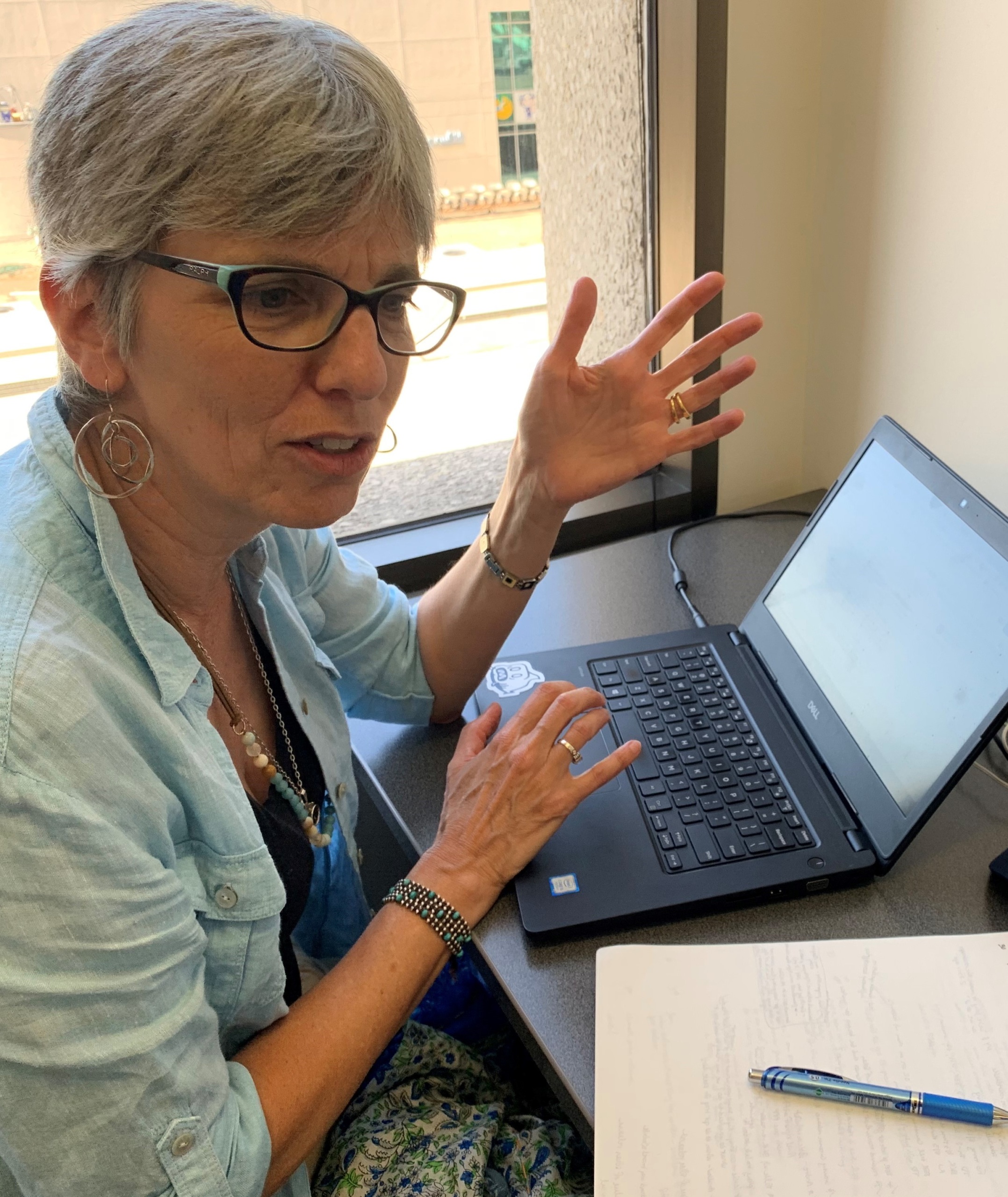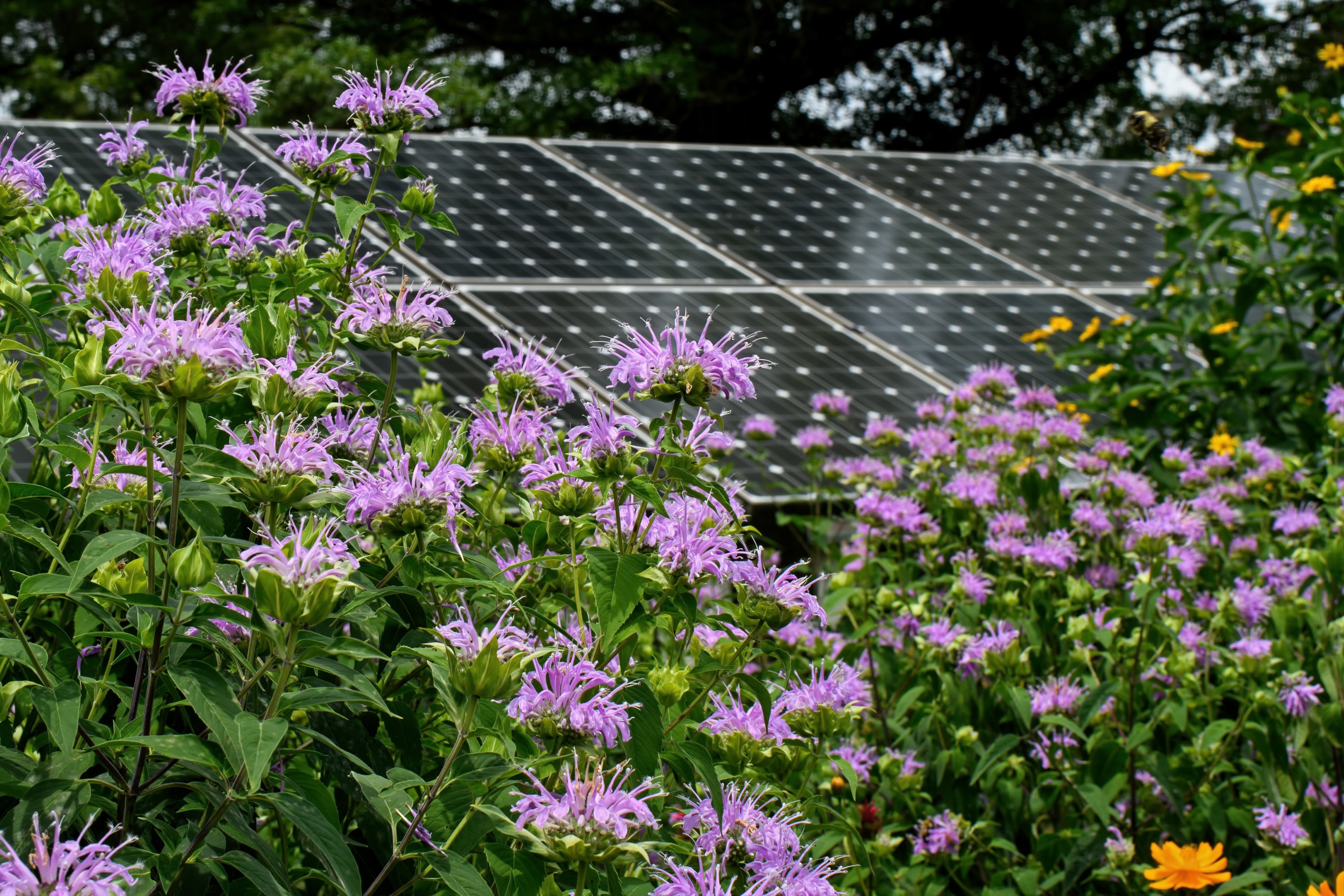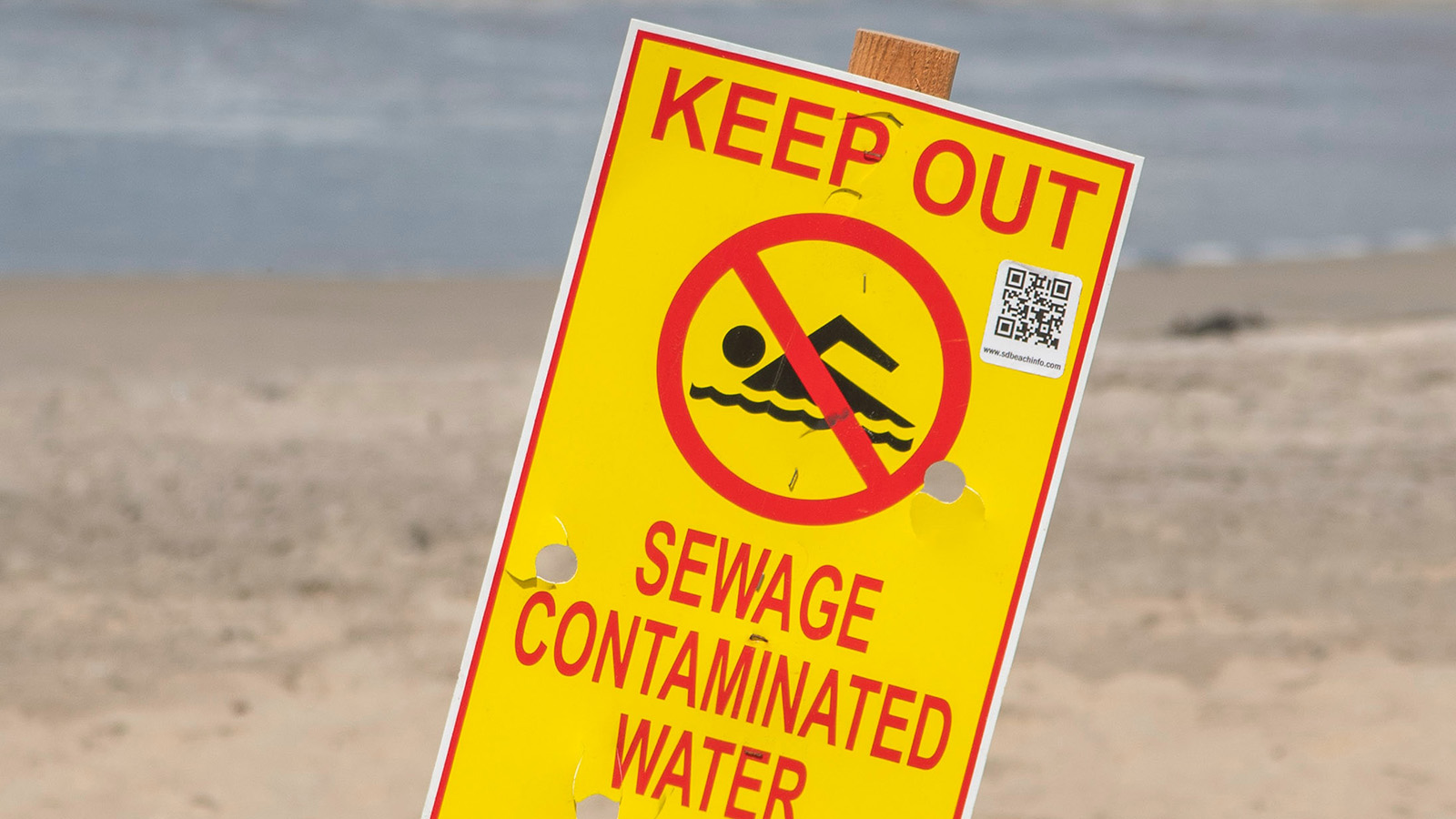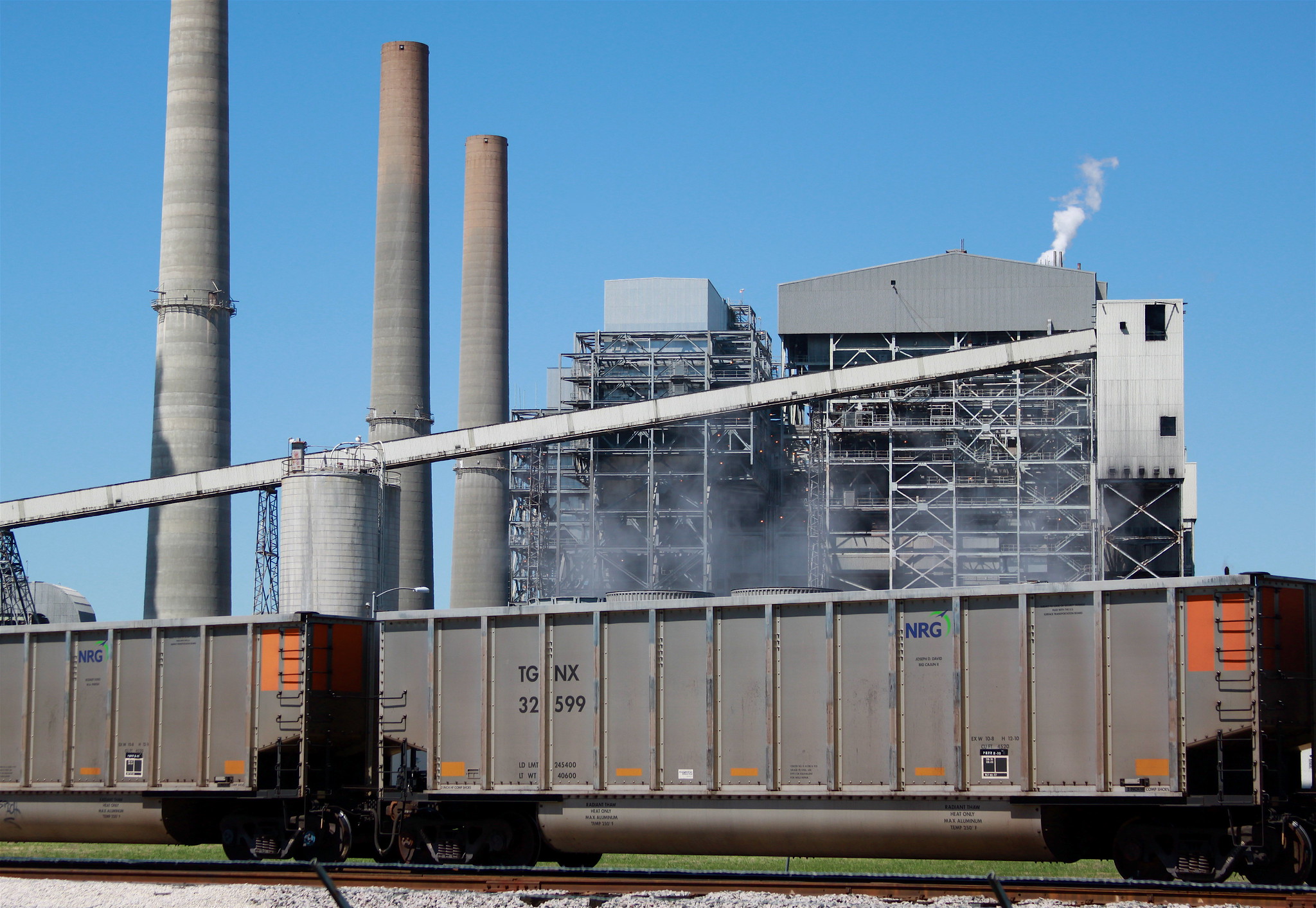
Looking back at 2023
A review of Frontier Group's work and accomplishments in 2023.

Happy New Year! Thank you for your interest in and support of our work in 2023. Here are a few of the highlights of the past year:
The year the clean energy transition got real
The passage of the Bipartisan Infrastructure Law in 2021 and the Inflation Reduction Act (IRA) in 2022 were bold steps toward the kind of future that we at Frontier Group have been talking about for more than a decade – one in which 100% of America’s energy comes from clean, pollution-free sources that never run out. In 2023, we tracked and worked to shape how that clean energy transition is happening in our homes, businesses and communities.
Our October report “Lawn Care Goes Electric” highlighted the shocking amount of air pollution coming from gasoline-powered lawn and garden equipment, and the growing availability of clean, quiet battery-powered options. The report provided momentum to local and state efforts to transition away from loud, polluting gasoline-powered equipment and was covered by the Philadelphia Inquirer, the Houston Chronicle and Grist.
Clean energy opportunities are often hiding in plain sight, as is the case with the immense amount of potential for solar power on the rooftops of America’s warehouses. Our report with Environment America Research & Policy Center found that solar panels on warehouse rooftops could produce as much clean electricity as is used by more than 19 million typical American homes in a year. The report was covered by The Hill and CNN.
Thanks in part to tax credits available through the IRA, local and state governments could save billions of dollars of taxpayer money by replacing retiring light-duty vehicles in their fleets with electric vehicles, as described in our report with U.S. PIRG Education Fund and Environment America Research & Policy Center, which was covered by the Houston Chronicle.
As we have for the last seven years, we tracked the growth of clean energy on our Renewables on the Rise dashboard, celebrating the fact that America produced 12 times as much solar energy, saw electric vehicle sales rise 10-fold, and had 18 times as many EV chargers in 2022 compared with 2013. Associate Director and Senior Policy Analyst Tony Dutzik briefed state legislators about the dashboard in a fall webinar.
Alongside this expansion of clean energy technologies, there’s a lot we can do to improve energy efficiency in our homes. Maryland’s EmPOWER program has helped residents and businesses do so since 2008, and we recommended several reforms with Maryland PIRG Foundation to make the program even better.
Not every new technology that gained traction in 2023 is helping us down the road to a cleaner future. Tony Dutzik and Luke Metzger, Executive Director of Environment Texas, cautioned that carbon dioxide removal could be the “right thing at the wrong time,” and Abigail Ham warned that the rise of energy-intensive technologies like cryptocurrency and artificial intelligence may make it harder to reach our clean energy goals while producing little benefit for society.
And amid all the rapid changes in the energy world, we can’t afford to lose sight of the ultimate goal: phasing out fossil fuels while also protecting our most precious ecosystems. We argued in an op-ed in The Hill that, when it comes to expediting clean energy, “‘permitting reform’ can’t mean more fossil fuels.”
Toward a cleaner, healthier environment
Clean energy wasn’t the only beneficiary of the Bipartisan Infrastructure Law. Our report with U.S. PIRG Education Fund and Environment America Research & Policy Center found that funding available under the law has enabled 70 new Superfund toxic waste cleanup projects across 28 states and Puerto Rico.
There remains, however, far too much pollution in our water. “Safe for Swimming?,” co-authored with Environment America Research & Policy Center, found that roughly one-half of U.S. beaches had at least one day of potentially unsafe levels of fecal contamination in 2022. The report earned coverage in the New York Times, Fox News and Axios, and our new interactive tool helped connect beach-goers with the information they need to protect their health.
Our June report with U.S. PIRG Education Fund and Environment America Research & Policy Center laid out the health risks of PFAS “forever chemicals,” which are used in products from nonstick pans to electronics, examined the nationwide extent of PFAS contamination of our food and drinking water, and recommended steps that policymakers can take to protect public health.
Cleaning up transportation is a major challenge
America’s car-dependent transportation system is the nation’s biggest source of climate pollution. Our research on the impact that cars in America have made on the global climate was profiled in the New York Times, which highlighted our finding that if America’s cars, pickup trucks and SUVs were their own country, they’d rank sixth in the world for carbon dioxide pollution.
The first step to building a better transportation system is not doubling down on the failed strategies of the past. Our eighth iteration of Highway Boondoggles profiled several wasteful and unnecessary highway spending projects that divert scarce funding from infrastructure repairs and key transportation priorities. The report helped to elevate local efforts around the country to fight wasteful highway expansions.
Our research in 2023 also laid out how a growing number of states are taxing EVs more than gasoline-powered cars. On the bright side, however, Elizabeth Ridlington argued that reducing the number of miles Americans drive is possible – because it’s already happening in several states and cities.
Other highlights
Frontier Group and OSPIRG revealed that hospitals in Oregon are charging commercial payers far more than is necessary to recover their expenses, an argument for providing lower-cost health care options in the state … Bryn Huxley-Reicher examined the impacts of the U.S. wasting 35% of its food supply every year …Tony Dutzik looked at what the continued societal obsession with flying cars says about our fatal attraction to the latest “technofix” … James Horrox did a deep dive into the ineffective and badly misnamed approach to plastic waste called “chemical recycling” … James also wrote of the ways in which a wide variety of plants and animals suffer from ubiquitous light pollution across the U.S. and Europe … Abigail Ham touted the environmental and health benefits of buying less – a simple but challenging practice well-suited to a late New Year’s resolution.
While our reports and blog posts were our primary way of engaging with a variety of policy debates, we also explored innovative ways to convey information, like our visualization of the high cost of fast fashion and our interactive map of highway boondoggles.
Stay tuned in 2024 for new reports on the effectiveness of laws that ban single-use plastic bags and the rapid growth of critically important rooftop solar installations across the U.S. We’ll also produce new work helping the public and elected officials determine whether and when hydrogen is really a “green” energy source and new resources for Americans concerned about toxic threats along their local waterways.
***
From all of us, have a happy and healthy 2024.
Topics
Authors
Susan Rakov
Managing Director, Frontier Group; Senior Vice President, The Public Interest Network
Susan directs Frontier Group, the research and policy development center for The Public Interest Network. Frontier Group’s work informs the public discussion about degradations to the environment and public health, threats to consumer rights and democracy, and the available routes to a better future. Susan lives in Santa Barbara, California; she has two children, a husband, and a dog, and is an amateur singer/songwriter.
Find Out More

November Newsletter: Cleaner, quieter lawn care

July Newsletter: Safe for Swimming?

May newsletter: America’s top climate polluters

